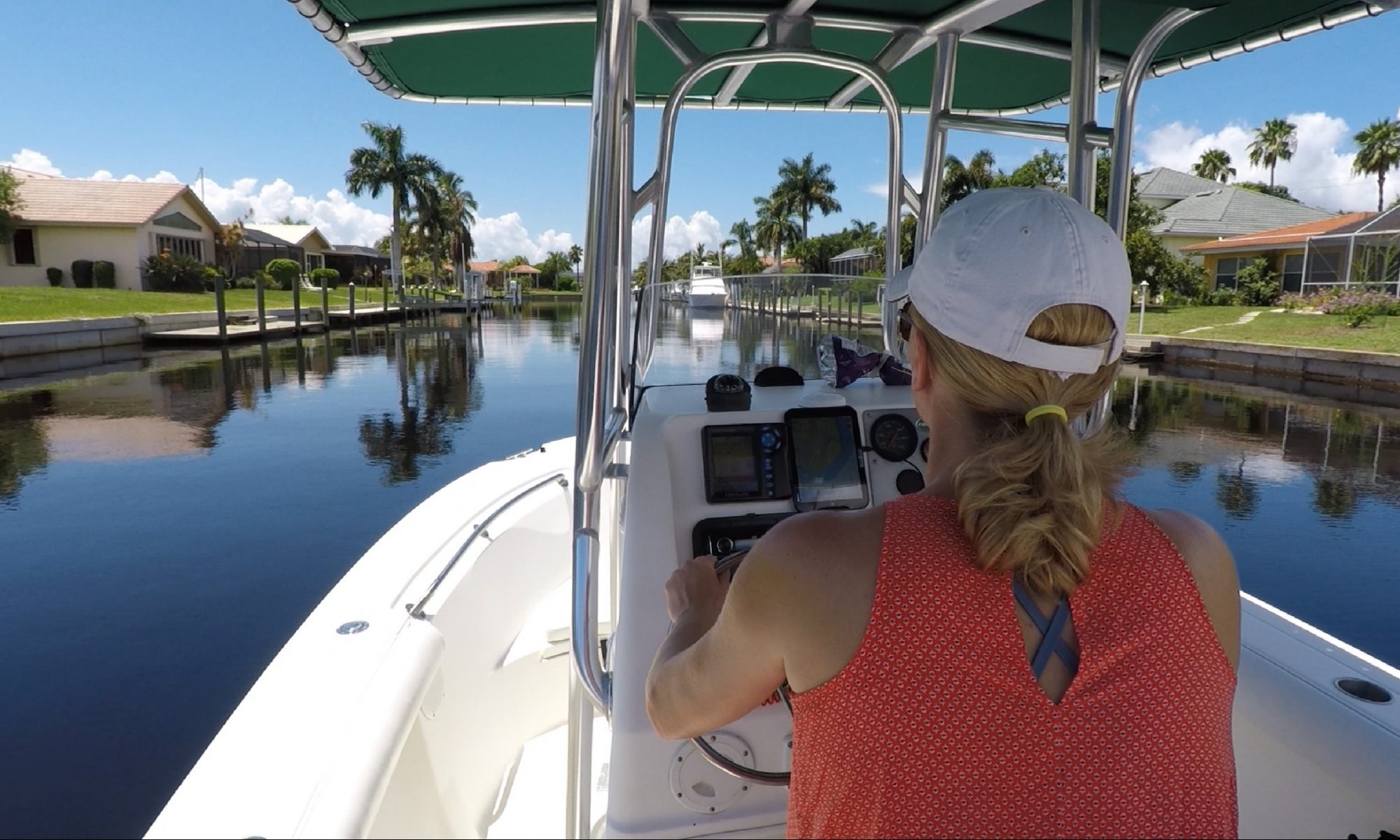Storm surge is one of the most destructive and deadly impacts caused by hurricanes. It is a rise in sea level that occurs as a result of the low pressure and strong winds of a hurricane. The surging water can cause widespread damage to coastal communities, causing millions of dollars in losses and putting lives at risk.
The main cause of storm surge is the low pressure at the center of a hurricane, which causes the air to rise and pushes the sea water towards the shore. As the hurricane moves closer to the coast, the strong winds blow the water towards the shore, causing the water level to rise. This can result in the flooding of low-lying areas, such as beachfront communities, marshes, and estuaries, which can be devastating for people who live and work there.
One of the most significant impacts of storm surge is the destruction of property and infrastructure. Homes, businesses, and other buildings can be completely destroyed by the rushing water, leaving residents homeless and without a source of income. Coastal roads and bridges can also be destroyed, making it difficult for emergency responders to reach those in need and for residents to evacuate.
In addition to physical damage, storm surge can also cause widespread economic losses. The cost of rebuilding homes, businesses, and infrastructure can be immense, and many people who lose their homes and livelihoods may struggle to recover. For example, the total cost of damages from Hurricane Katrina in 2005 was estimated to be over $160 billion.
Storm surge can also have serious environmental impacts. The salt water can contaminate freshwater sources and damage ecosystems, killing wildlife and plants. The surge can also cause soil erosion, which can make it difficult for vegetation to grow back and further increase the risk of flooding in the future. In addition, storm surge can cause the release of toxic chemicals and pollutants from damaged buildings and infrastructure, which can harm both the environment and people’s health.
Another major impact of storm surge is the loss of human life. The powerful waves and strong winds can sweep people away, and the flooding can make it difficult for people to escape or for rescue teams to reach them. The toll of loss of life can be devastating for families and communities, and can have long-lasting effects on the mental and emotional well-being of survivors.
Storm surge is also a major threat to coastal communities because it can be extremely difficult to predict and prepare for. The height of the surge can vary greatly depending on the size, speed, and direction of the storm, as well as the shape of the coast and the depth of the water near shore. In some cases, the surge can be much higher than expected, causing more damage and putting more people at risk.
To prepare for the potential impacts of storm surge, it is important for communities to have comprehensive evacuation plans in place. This includes not only getting people to safe locations, but also making sure they have access to food, water, and other essential supplies. Emergency responders, including police, fire, and medical personnel, should also be trained and equipped to respond to storm surge events.
In addition, coastal communities can take steps to reduce the risk of damage from storm surge, such as elevating homes and buildings, creating barriers and seawalls, and planting vegetation to help reduce erosion. There is also a need for improved land-use planning and zoning practices that take into account the potential impact of storm surge, as well as the development of more accurate and reliable storm surge prediction models.
